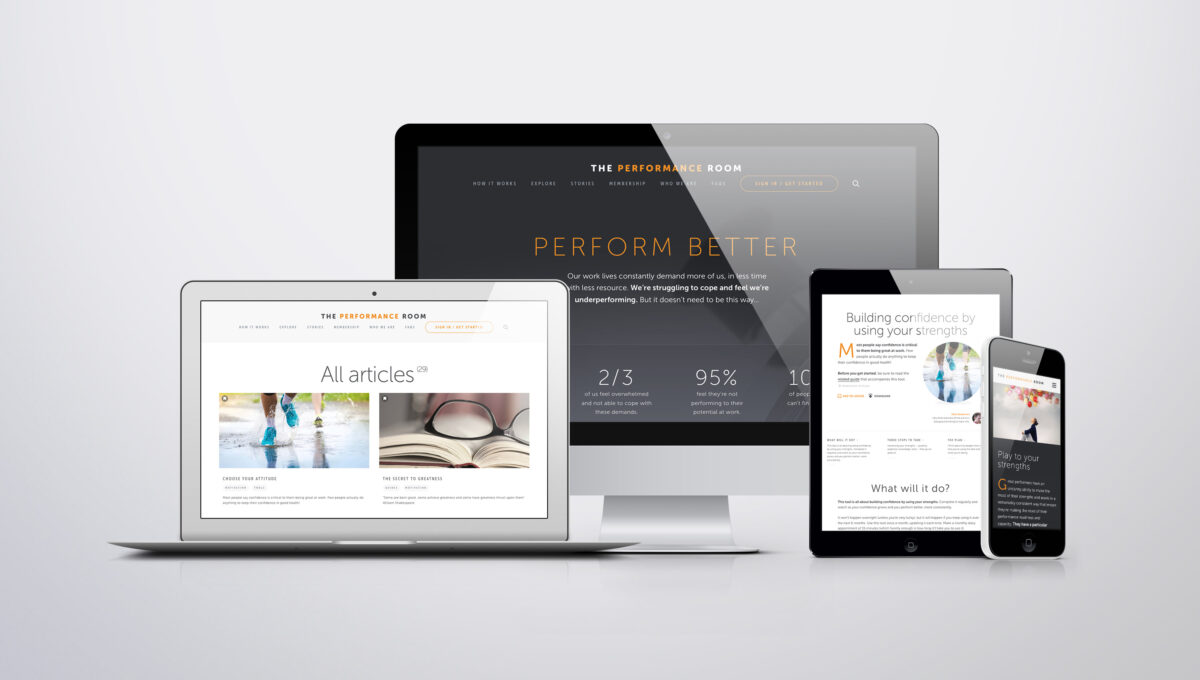Pre-performance routines

‘Don’t undermine the work I’ve put in every day.’ Not some days. Every day. Ask anyone who has been on a team with me who shoots the most. Go back to Seattle and Milwaukee and ask them. The answer is me – not because it’s a competition, but because that’s how I prepare.“Everyday” Ray Allen, NBA great.
The best performers have tried and tested routines to get them ready – mentally, technically, physically – to perform . You’ll see them use them everyday and to help them be ready for important moments.
What goes on
We see too many talented performers failing to deliver consistently good performances under pressure. The reason? They’ve got no consistent method or plan to prepare for a performance. They’ve got an idea of what helps them be ready and most of the time they do some of these things, but there’s no consistent application of their recipe to be mentally, physically, technically and tactically ready to perform.
Great performers realise the importance of having a plan to help them be ready to compete, that they follow every time. And because delivering a good performance is not just about having great technical expertise or tactical know-how – their pre-performance routines are also focused on mental, physical and emotional readiness.
Five performance truths
The brutal reality of high performance life – this is what you need to know
- A pre-performance routine is a set of sequenced thoughts and actions that help you be as ready as you can be to deliver the performance you want.
- A daily routine to prepare to perform is great, but routines really come into their own before critical performances, when the pressure is on and the stakes are high.
- A pre-performance routine should include components to ensure you’re mentally and physically ready and drawing from the support available to you – not just focused on the technical and tactical.
- Your pre-performance routine is specific to you. Creating it needs testing and continued refining to ensure it’s effective and right for you.
- Use a pre-performance routine with discipline and it will increase your sense of control, confidence and readiness and also mean you’re delivering better performances more consistently.
Three things to do
- Develop a pre-performance routine that helps you be totally ready to perform. Make sure a big focus of this is on mental and physical readiness – not just technical and tactical.
- Test, refine, test, refine. Once you’ve developed your routine, spend 8 weeks working to improve it. Remember the end goal is a routine that you’re confident in.
- Use it with discipline! Consistency is king. Once you’ve got a routine or recipe that works, use it every time you perform. Remember to keep checking in that it’s working for you and if it’s not… change it!
Adaku’s story
Adaku is a highly capable account manager in a marketing company. As part of her job, she quite often has to deliver pitches to secure work for her company. She enjoys the challenge but at times she gets pretty nervous – particularly when there’s a big project or great job at stake – and when this happens, she tends to get flustered, say the wrong thing and not make the best impression. In other words, she underperforms.
She knew there are things that help her – like doing thorough preparation, being clear on her key messages, and thinking tactically how she needs to deliver these messages. She was also aware that there’s a particular mindset that helped her do well, but she wasn’t really sure how to take control and choose that mindset. She also felt that there were probably some things that help her feel physically ready, energised and in a good place for an important pitch or meeting, but hadn’t given a great deal of thought about what they are.
With the help of a colleague (who’s annoyingly consistent and brilliant in these type of situations), she developed a short preparation routine for pitches. It doesn’t just include her technical preparation, but now incorporates stuff around her mental and physical preparation. Stuff like what she’s choosing to focus on and say to herself. Stuff like getting an early night, staying away from alcohol, and dressing in certain clothes (which make her feel more comfortable and confident).
With a bit of trying, testing and refining, Adaku ends up with a neat little performance routine that helps her be nearer to her brilliant best in pitches and presentations. People start seeing her as a one-woman sales ninja. She still wears odd socks though.

